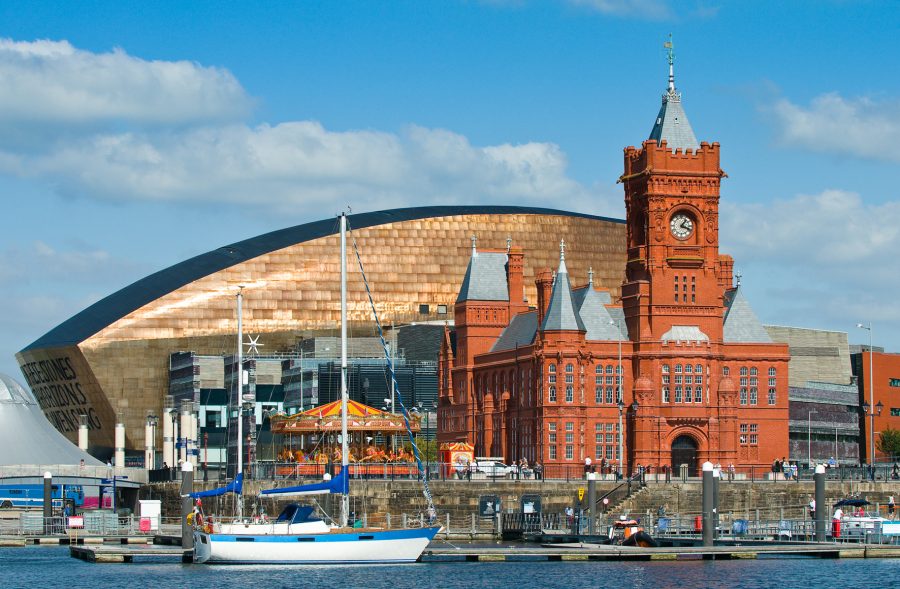Crowned the capital of Wales in 1955, Cardiff attracted over 18 million visitors last year and it’s easy to see why. It has much to offer all ages and once you’ve sampled the city yourself, chances are you’ll be chomping at the bit for more.
I visited with my wife and two children, aged 13 and seven, to see what it offers families on a short break – and we weren’t disappointed. In keeping with many cities by the sea, there is a sense of freedom and air of relaxation emanating from its streets.
Our first port of call was Mermaid Quay, in Cardiff Bay, a fine example of a harbourside development where the money has been well spent. Costing £1.8 billion, the Bay’s development was then Europe’s largest waterfront regeneration project. Chic, stylish and vibrant, this corner of the city is just 15 minutes from the centre and home to a plethora of restaurants, cafés and ice cream parlours – a real hive of activity throughout the year.
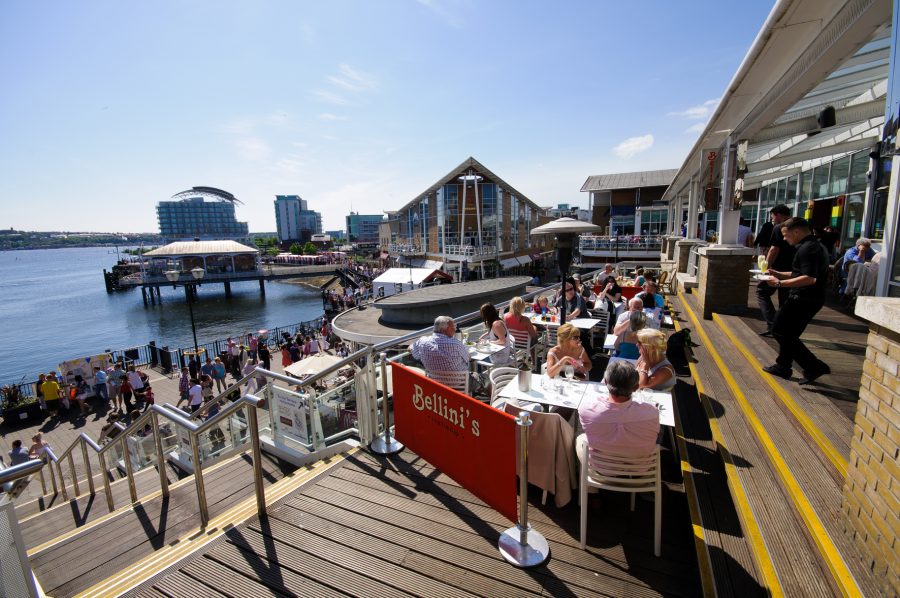
(c) Visit Cardiff
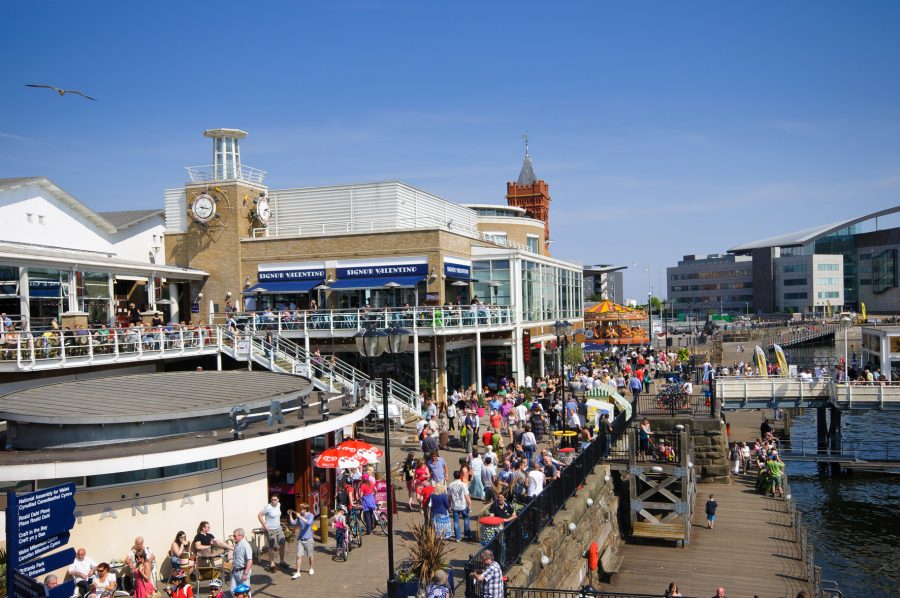
(c) Visit Cardiff
We strolled around, soaking up the atmosphere, before heading for Techniquest, Cardiff Bay’s all-weather interactive science discovery centre. We’ve visited many science attractions and rate this among the best; and it can be enjoyed by everyone, not just kids, which explains why it’s reputedly the UK’s most visited science centre.
Techniquest has recently celebrated 25 years in business and is home to around 120 hands-on exhibits, including an experiment to test your reaction time, fire a rocket and discover how much water your body contains; there is also a planetarium for those interested in stargazing. It’s satisfying to find a place where children are actively encouraged to get stuck in!
One could spend hours roaming around Techniquest trying out all the experiments, but we had to move one. Next on our agenda was the World of Boats, a 10-minute walk away. Home to over 40 rare boats from around the world, as well as an informative video, more “hands-on” exhibits and a café, it’s an interesting place to visit.
We kept the nautical theme going by catching the Aquabus into the city centre, affording us the chance to observe the area from a different perspective. We boarded the boat, which runs regularly, at Mermaid Quay and alighted at Bute Park, in the heart of the city. Despite its central location, the park is a tranquil oasis providing 130 acres of lush, green parkland.
Disembarking at this point is ideal if visiting Cardiff Castle, which stands majestically alongside the park. Its rich history dates back some 2,000 years; during this time, it has played many roles, including being a Roman garrison, Norman stronghold and even a shelter during the Second World War. The most notable occupant was the 3rd Marquis of Bute who transformed the castle into an attractive palace at the end of the 19th century.
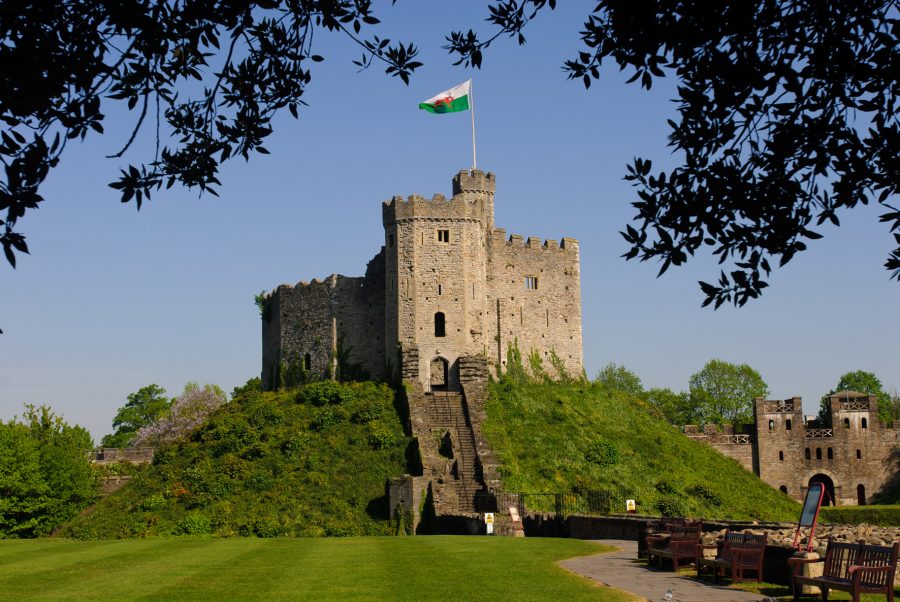
(c) Visit Cardiff
You can easily while away an hour or two at the castle, especially if you join one of the excellent guided tours and visit the Interpretation Centre, home to an exhibition and film.
Cardiff boasts some fine museums – and most are free; a “must-see” is the National Museum, among the best we’ve ever visited. Art, natural history and archaeology can all be discovered under one very large roof. The first floor is dedicated to 500 years of art, from paintings and drawings to sculptures and ceramics. Our favourite department was Natural History where highlights included an enormous hump-backed whale skeleton, a journey through space with real meteorites on show and dinosaur exhibits – much to my seven-year-old son’s delight.
A short distance from the city centre is St Fagan’s, a national history museum worth visiting. Its purpose is to show how people in Wales lived, worked and spent their leisure time through the centuries. Although admission is free, a parking fee of £3.50 applies.
St Fagan’s consists of up of 40 original historic buildings which have been transported from their original location and re-built within this splendid open-air museum. Ancient farmhouses, a medieval church and Victorian school are just some of the delights you can explore; so authentic is the museum that the location has been used for filming two Doctor Who episodes.
Apparently, St Fagan’s is the most visited heritage attraction in Wales; it’s easy to understand why when you set foot inside this national history museum, which has received funding from the Welsh Government and Heritage Lottery Fund to further enhance the visitor experience: improvements will include building an Iron Age village. Our favourite exhibit was a row of terraced cottages, reflecting life from the mid-19th century through to the 1970s.
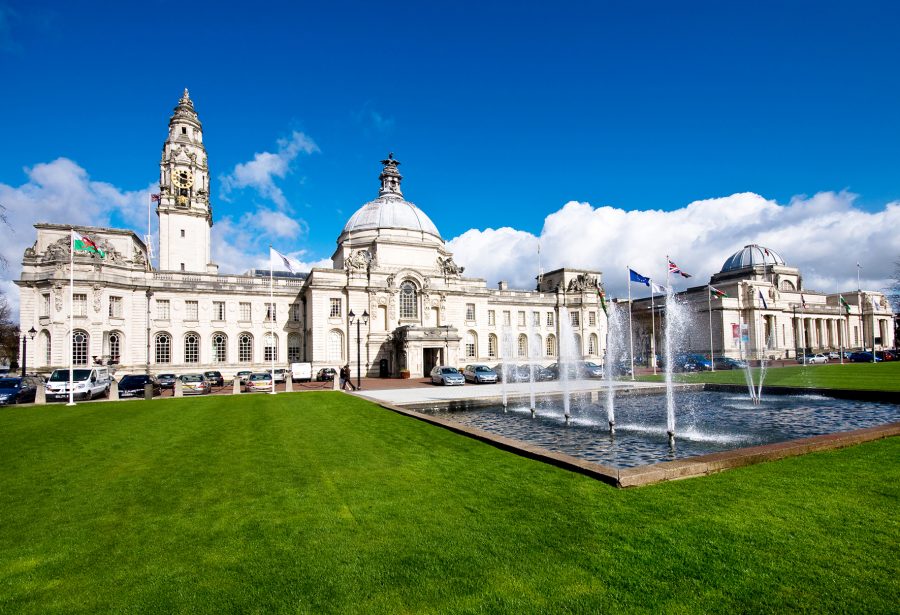
(c) Visit Cardiff
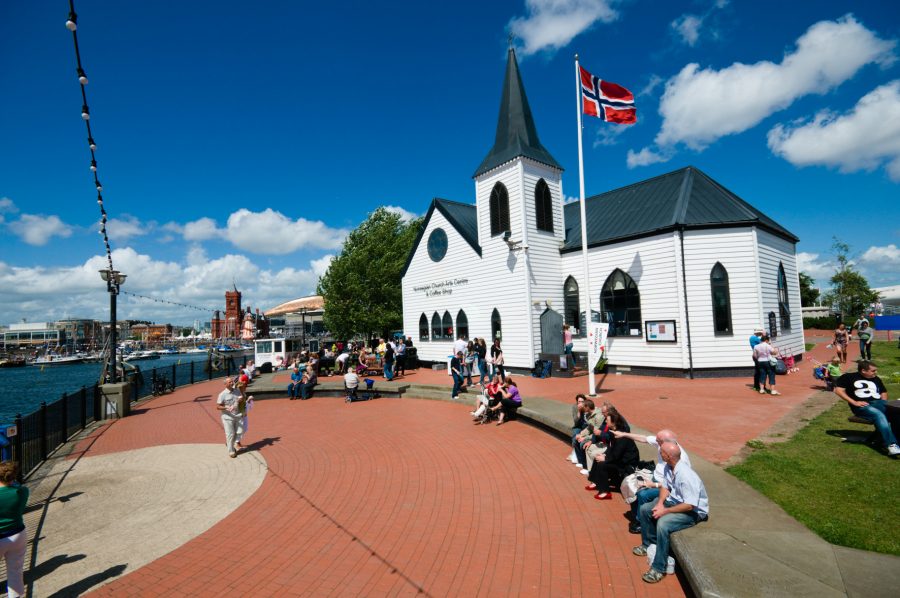
(c) Visit Cardiff
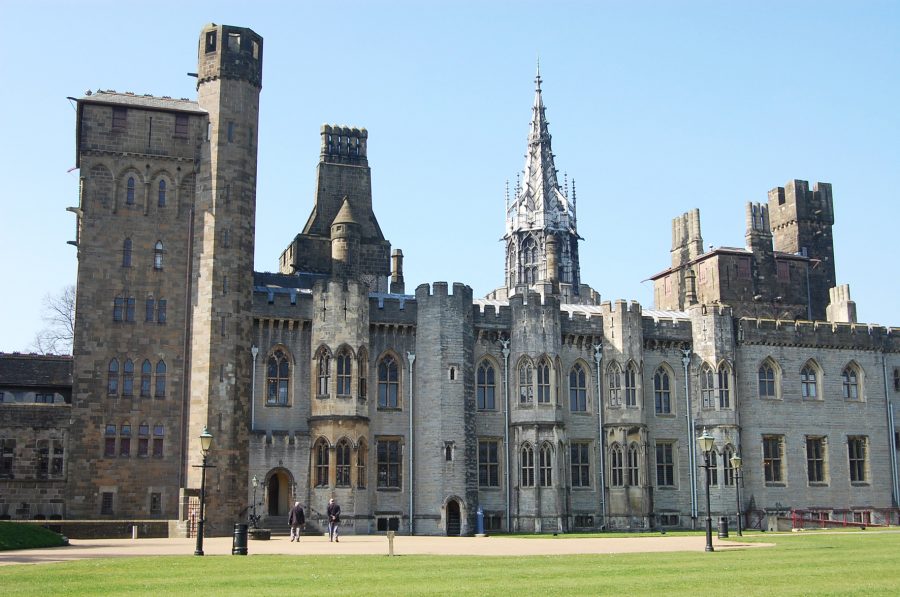
(c) Visit Cardiff
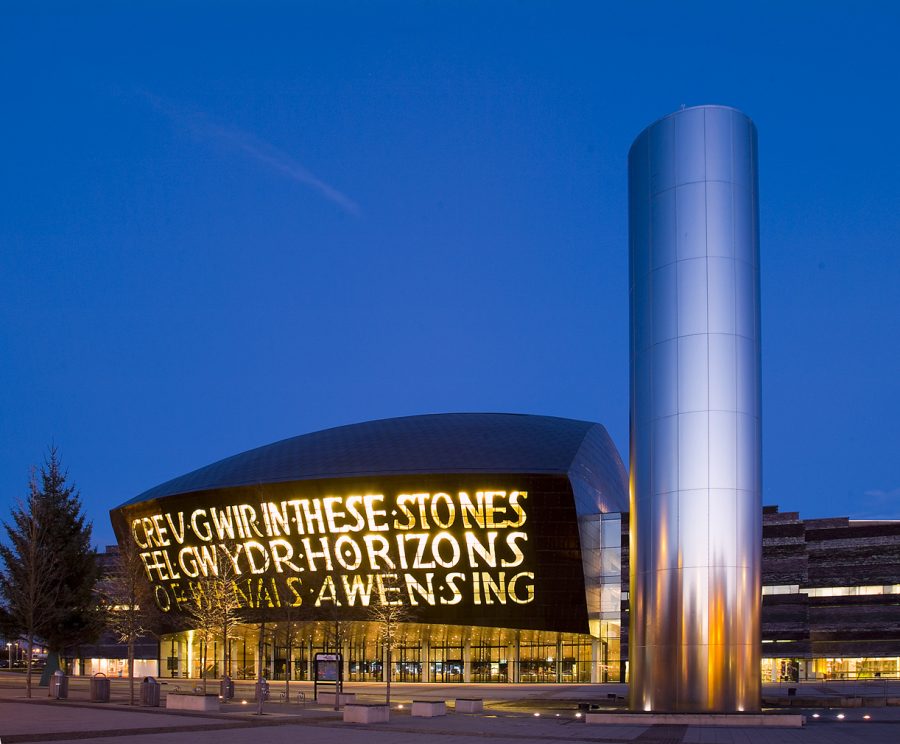
(c) Visit Cardiff
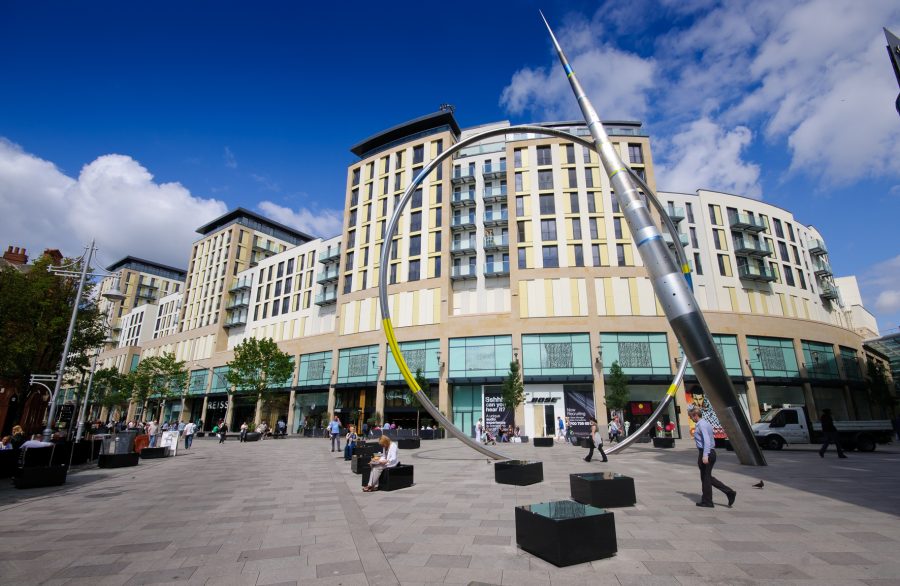
(c) Visit Cardiff
Wherever you are in Cardiff, you’ll always find plenty of eateries – and all tastes are catered for. Our favourite area, Cardiff Bay – home to a large freshwater lake ideal for sailing, watersports and attractions including the Welsh National Opera and iconic Millennium Centre – is a true restaurant and café hotspot.
We enjoyed a delicious breakfast at Côte Brasserie, styled like a Parisian bistro metres from the Millennium Centre. Inside the Centre itself, we eat lunch at Ffresh Bar and Restaurant. It’s earnt a place in the Good Food Guide and I wouldn’t question its inclusion because the food was exquisite; too often, restaurants are rather unimaginative when it comes to vegetarian dishes but not so at Ffresh – there was a wide choice.
Shopaholics will adore Cardiff’s thriving shopping hub with its mix of Victorian and Edwardian arcades – the oldest dating back to the 1850s – and contemporary malls. Its popularity has seen it rated among the UK’s Top 10 shopping destinations.
There is so much to see and do in Cardiff, chances are you’ll be making repeat visits. We will because there is plenty more we’d like to see. However long you stay, there is a wide choice of accommodation to choose from. We stayed at The Parc Hotel by Thistle for one night. It’s situated right in the centre – literally – of the shopping area and boasts a Victorian facade with contemporary interiors. A comprehensive breakfast was served in the stylish restaurant while the bedrooms contained everything needed for a comfortable stay; thankfully, Thistle Hotels now offer free wi-fi and let’s hope they go on to provide complimentary car parking for customers; currently, it’s rather high at £12 per night. Of course, The Parc Hotel is not alone: many city centre hotels charge for parking; it’s just that I’m a firm believer that if you’re a guest in a hotel, whether it’s a rural or urban setting, a space should be available, if possible, free of charge.
For our remaining time in Cardiff, we stayed in an apartment provided by A Space in the City, the largest supplier of short-stay serviced apartments in the Cardiff region. Costing from £75 per night, the apartments are situated in and around Cardiff Bay.
Ours was stylish and comfortable with a balcony overlooking the River Taff. It was equipped with all the latest mod-cons, including dishwasher, satellite TV – in fact, everything we needed. Although the wi-fi was rather temperamental at times, this was the only blip and I’d highly recommend it as a place to stay.
Cardiff is a city with real identity, offering countless opportunities for all ages; make sure you place it high on your list of cities to visit.
More information:
Cardiff Tourist Information, www.visitcardiff.com
Techniquest, 029 2047 5475, www.techniquest.org
World of Boats, 07971 055811, www.worldofboatscardiff.com
Cardiff Castle, 029 2087 8100, www.cardiffcastle.com
National Museum, 029 2057 3000, www.museumwales.ac.uk
St Fagan’s, 029 2057 3000, www.museumwales.ac.uk/stfagans
Côte Brasserie, 029 2045 3780
Bute Park, www.bute-park.com
Ffresh Bar and Restaurant, 029 2045 3780, www.wmc.org.uk
The Parc Hotel by Thistle, 0871 376 9011, www.thistlehotels.com/theparc
A Space in the City, 029 2009 9889, www.aspaceinthecity.co.uk

